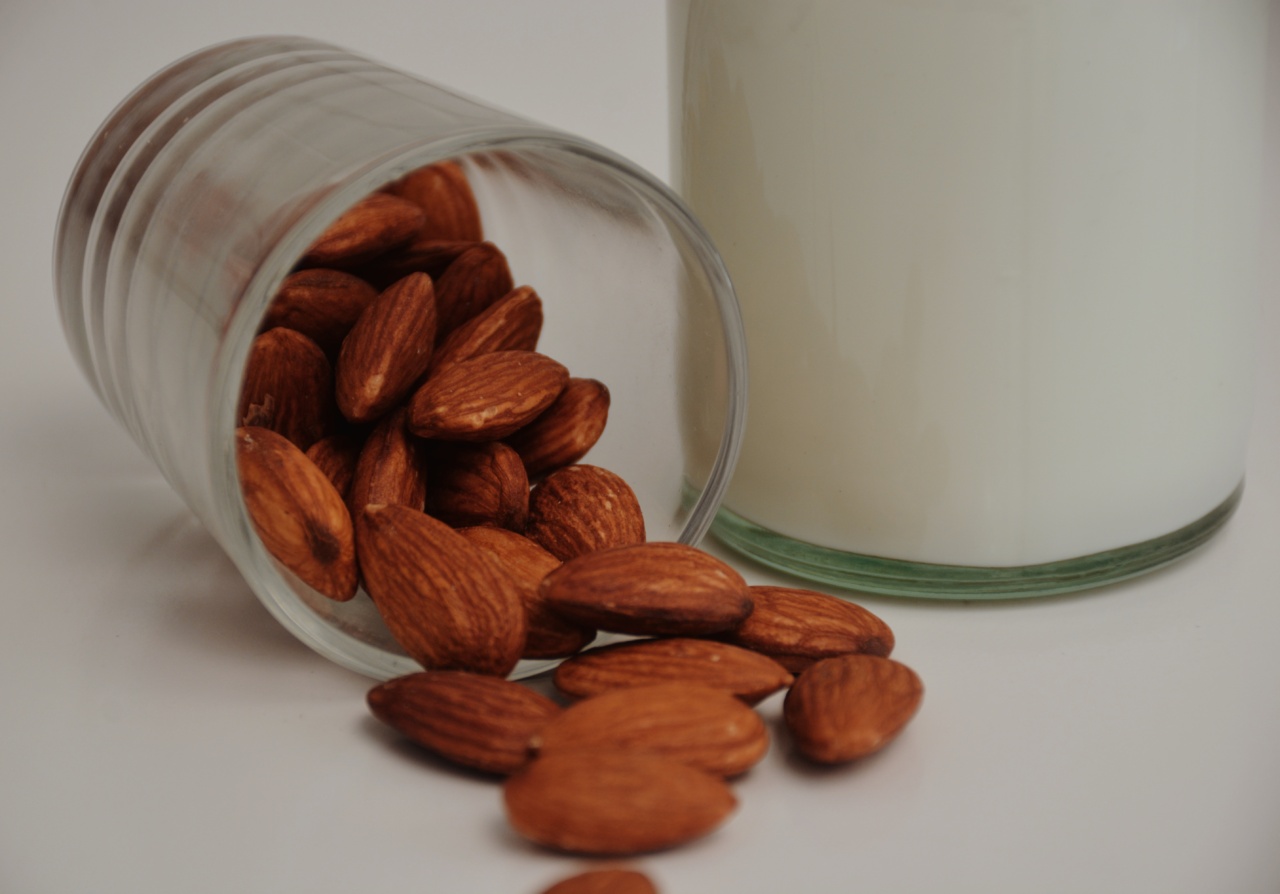Raw milk has been a controversial topic for many years. While some people believe that it’s a healthier option than pasteurized milk, others warn of the dangers that come with drinking raw milk.
In this article, we’ll explore the risks associated with raw milk and why it’s not a safe option.
What Is Raw Milk?
Raw milk is milk that hasn’t been pasteurized or homogenized. Pasteurization is the process of heating milk to kill harmful bacteria, while homogenization is the process of breaking down the fat molecules in milk so that they don’t separate.
Raw milk is the milk that comes straight from the cow, goat, or sheep without being processed in any way.
The Risks of Drinking Raw Milk
Raw milk has been associated with several health risks, including:.
1. Bacterial Infections
Raw milk can contain harmful bacteria such as Salmonella, Campylobacter, and E. coli. These bacteria can cause serious illnesses that can be life-threatening, especially in young children, pregnant women, and people with weakened immune systems.
Symptoms of a bacterial infection from raw milk can include fever, stomach cramps, diarrhea, and vomiting.
2. Food Poisoning
Raw milk can also cause food poisoning. This is because bacteria in raw milk can grow and multiply quickly, especially if the milk is not stored properly.
Symptoms of food poisoning from raw milk can include nausea, vomiting, diarrhea, and abdominal pain.
3. Listeriosis
Listeriosis is a serious infection that is caused by the bacterium Listeria monocytogenes. This bacterium can be found in raw milk and can cause severe illness, especially in pregnant women, newborns, and people with weakened immune systems.
Symptoms of listeriosis can include fever, muscle aches, and gastrointestinal symptoms.
4. Tuberculosis
Tuberculosis is a serious bacterial infection that can be transmitted through raw milk. This is because cows, goats, and sheep can carry the bacterium that causes tuberculosis. Symptoms of tuberculosis can include fever, cough, and weight loss.
Why Some People Believe Raw Milk is a Healthier Option
Despite the risks associated with raw milk, some people still believe that it’s a healthier option than pasteurized milk. The main argument for drinking raw milk is that it contains more nutrients than pasteurized milk.
Raw milk proponents claim that pasteurization destroys important enzymes and nutrients in milk.
However, there is no scientific evidence to support this claim. In fact, pasteurization has been shown to have little effect on the nutritional content of milk.
Raw milk may contain higher levels of certain nutrients, but these levels are not significantly different from those found in pasteurized milk.
The Safety of Pasteurized Milk
Pasteurized milk is a safe option for most people. The pasteurization process has been shown to be effective in killing harmful bacteria, and the risk of foodborne illness from pasteurized milk is very low.
In fact, the Centers for Disease Control and Prevention (CDC) recommends that people only consume pasteurized milk and milk products.
The Bottom Line
While some people may believe that raw milk is a healthier option than pasteurized milk, the risks associated with drinking raw milk far outweigh the potential benefits.
Raw milk can contain harmful bacteria that can cause serious illnesses, including bacterial infections, food poisoning, listeriosis, and tuberculosis. Pasteurized milk is a safe option that has been shown to have little effect on the nutritional content of milk. The CDC recommends that people only consume pasteurized milk and milk products.






























